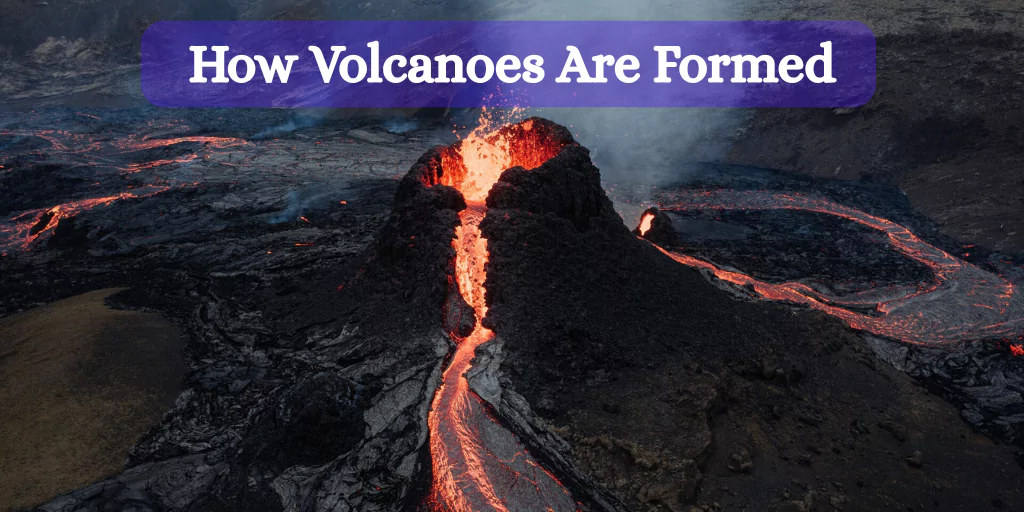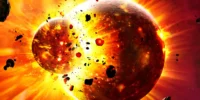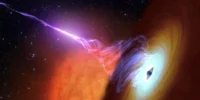Volcanoes are one of nature’s most powerful forces, capable of creating new land, changing weather patterns, and shaping the Earth itself. While volcanoes might look like just mountains that explode, there’s an incredible process behind their formation. From the shifting of tectonic plates to the rise of magma and powerful eruptions, volcanoes are nature’s way of reshaping the planet. In this blog, we’ll explore how volcanoes are formed in a clear and easy-to-understand way — no complicated science, just the fascinating basics of one of Earth’s most powerful forces.
1. It All Starts Beneath the Earth’s Surface
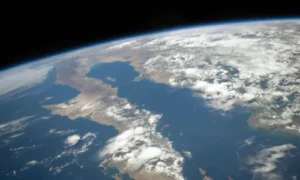
Beneath the Earth’s crust lies a layer of hot, semi-liquid rock called the mantle. Deep within the mantle, temperatures and pressure are so high that rock melts, forming a substance called magma.
Magma is less dense than the solid rock above it, so it starts to rise upward, just like how bubbles rise in boiling water.
2. Cracks and Weak Spots in the Crust
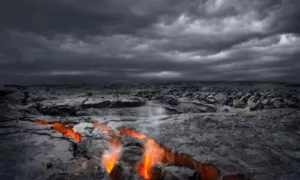
The Earth’s outer shell, or crust, is not a single piece. It’s made up of large sections called tectonic plates. These plates are constantly moving — sometimes pulling apart, sometimes crashing into each other, and sometimes sliding past one another.
When these plates diverge (move apart) or converge (collide), cracks form in the crust. These cracks create pathways for magma to rise closer to the surface.
3. Magma Reaches the Surface — A Volcano Is Born
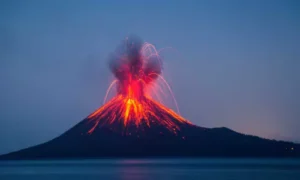
When magma finds a way to the surface, it erupts, often with explosive force. Once it reaches the surface, it’s no longer called magma — it becomes lava.
Over time, as lava cools and hardens, it builds up around the opening (called a vent), creating a mountain-like structure. This is how a volcano is formed.
With each new eruption, the volcano can grow larger, forming iconic shapes like cone-shaped mountains or wide, flat shield volcanoes.
4. Different Types of Volcano Formation

Here are the three main ways volcanoes form:
- Divergent Boundaries – Plates pull apart, and magma rises through the gap (e.g., Mid-Atlantic Ridge).
- Convergent Boundaries – One plate pushes under another, forcing magma upward (e.g., Ring of Fire volcanoes).
- Hotspots – Magma pushes through the crust in the middle of a tectonic plate (e.g., Hawaii).
Quick Recap
- Magma forms deep inside the Earth’s mantle.
- Tectonic plate movement creates cracks for magma to rise.
- When magma erupts and cools, it forms a volcano.
- Over time, repeated eruptions build a mountain of lava, ash, and rock.
Why It Matters
Volcanoes aren’t just destructive — they’re creative forces of nature. They form new land, enrich the soil with minerals, and even help regulate Earth’s atmosphere over time. Understanding how volcanoes form helps us stay safer and appreciate the power of the planet we live on.
Conclusion
Volcanoes are more than just fiery mountains — they’re powerful reminders of the dynamic forces beneath our feet. Formed by the movement of tectonic plates and the rise of magma from deep within the Earth, volcanoes shape landscapes, create new land, and even influence global climate.
Understanding how volcanoes are formed helps us appreciate the complexity of our planet and prepares us to respect and respond to these natural wonders when they erupt. From deep mantle heat to explosive surface eruptions, the journey of a volcano is a fascinating story of Earth in action — simple, yet incredibly powerful.


